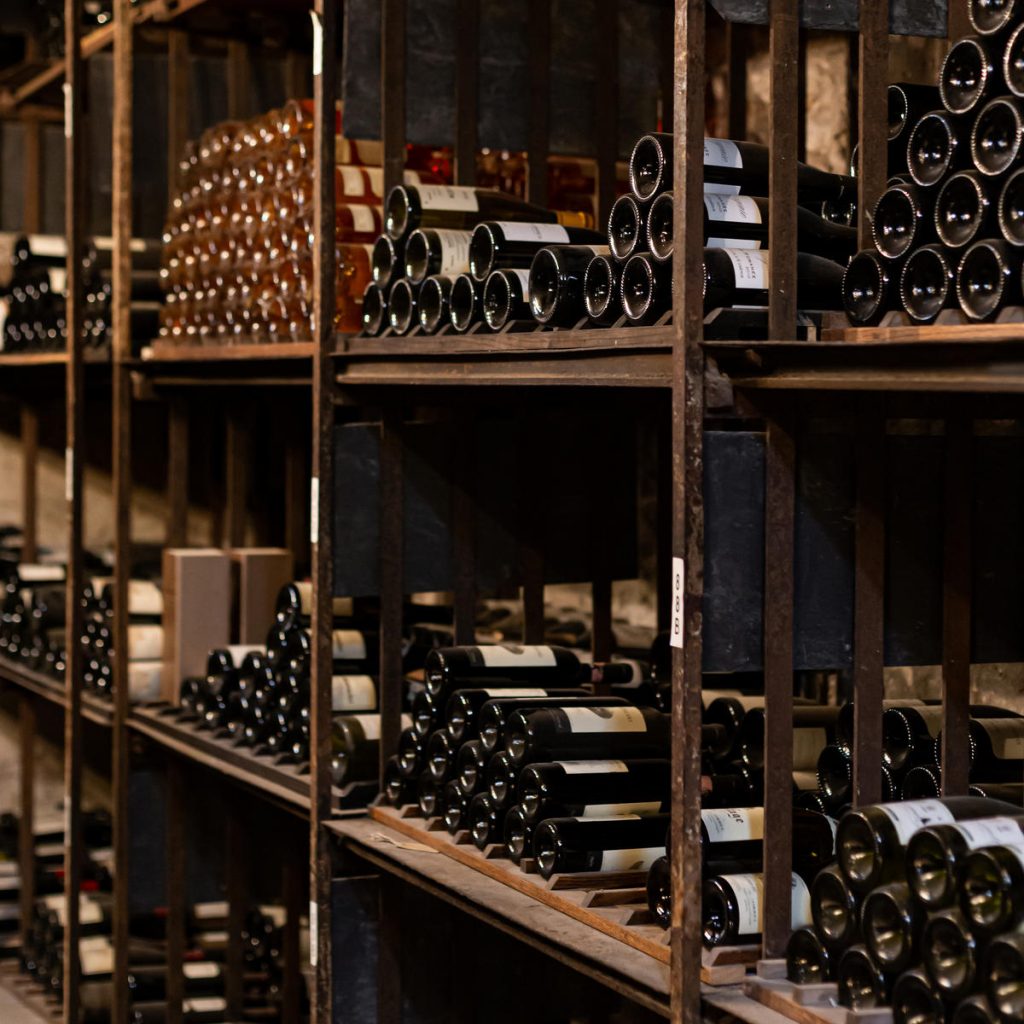What is a bin-end?
Author: Barbara Drew MW

When it comes to buying wine, what does the term “bin-end” actually mean? And are bin-ends something we should look out for? Barbara Drew MW explains.
Bin-end. It is a term that is ubiquitous in the wine trade and yet one that, before I started working at Berry Bros. & Rudd, I would have had a hard time defining. It seems like one of those “wine” terms specifically designed to make the uninitiated feel silly.
Which is a shame, because held in those six letters are some of the best-kept secrets in the trade.
Where did the term come from?
In this context, “bin” refers to the storage location of a wine. Cellars will often have “bin” numbers running their length, making it easy to find where wines are ageing or being stored, and indeed some wine brands have even turned this to their advantage, naming different blends after the bin numbers where they were originally held.
Bin-end, therefore, refers to the last few bottles of a line. But it has also been expanded to include those with scuffed or lightly scratched labels.
What is key to understand is that label imperfections or there only being a few bottles remaining will not affect the quality of the wine in the bottle – meaning bin-ends are an opportunity to source excellent wines at a keen price.
Those in the know, and certainly many of us in the trade, tend to seek out these wines, for a few reasons.
One: Bin-ends provide excellent value.
Generally around 30% off the retail price, these are a brilliant way to stock up on everyday drinking wine, or even bottles for special occasions, while saving the pennies. Even after more than a decade in the wine trade, I still get a real thrill from leaving a wine shop having bagged what I know is a true bargain.
Two: Bin-ends are a great way to explore less-familiar regions.
For you, it may be Australia; for others Germany or even Hungary, but the lower price of bin-end wines can make it worth taking a risk. Some of my favourite wines have been from bin-end sales.
Three: You can buy mature wines, that are ready to drink.
Take for example a 2018 Chassagne-Montrachet, Les Caillerets, 1er Cru, by Jean-Noel Gagnard which I found on a recent visit to our Warehouse Shop. This comes from one of the finest Premier Cru plots in the village, normally retailing at £135; the last few bin-ends were down to £99 to make way for the new vintage. This particular wine really increases in richness and nuttiness with a few years’ ageing, making this a real bargain to tuck away for a few more years.
Barbara Drew MW’s top picks
Pop into our Warehouse Shop in Basingstoke to find these sensational bin-ends (while stocks last)
Berry Bros. & Rudd Côtes du Rhône Rouge by Rémi Pouizin – was £11.95, now £9.56
This deliciously soft, smooth red will hold for another couple of years.
2020 Pecorino dei Colli Aprutini, Collepietro, Faraone, Abruzzo, Italy – was £16.50, now £13.20
As well as being a delicious cheese, Pecorino is also the name of an Italian grape, which producers aromatic and vibrant white wines. This wine spends six months on its fine lees before release, giving more weight and shape to the palate, alongside tropical fruit and a fresh, mineral kick.
2012 Clos de la Roche, Grand Cru, Olivier Bernstein – was £325, now £250
From an iconic Grand Cru vineyard in Morey-St Denis, this wine showcases Bernstein’s meticulous winemaking with its intense red and black fruit aromas and smoky oak kick. The 10 years of ageing have softened the tannins, ensuring the wine is silky smooth, and brings complexity with forest floor and game flavours starting to show. This will hold for another 10 years if needed.
You can find more details about our Warehouse Shop opening times and location here.


